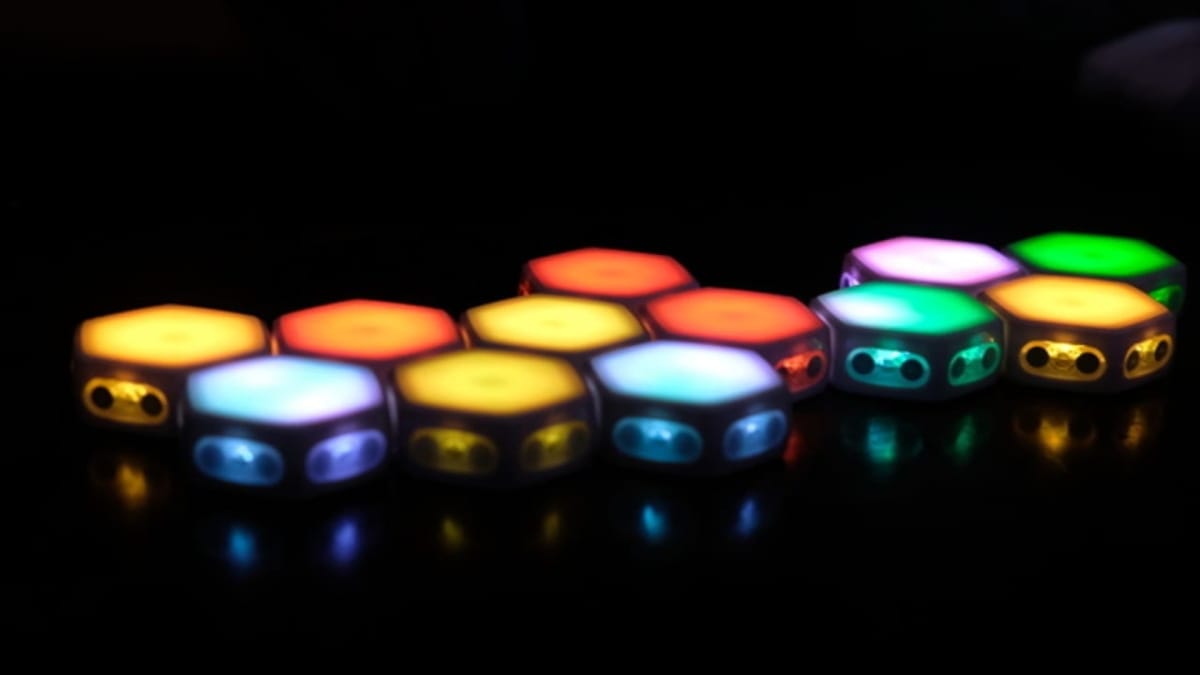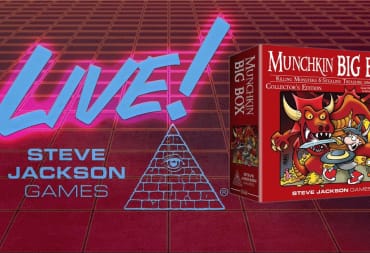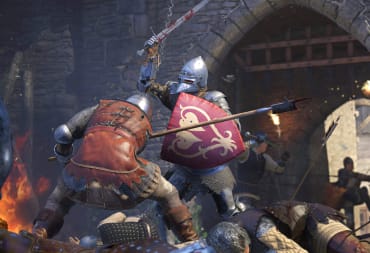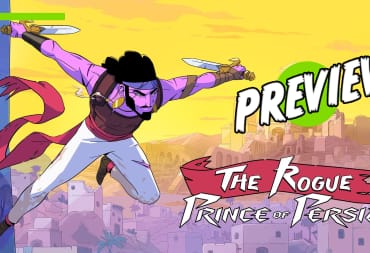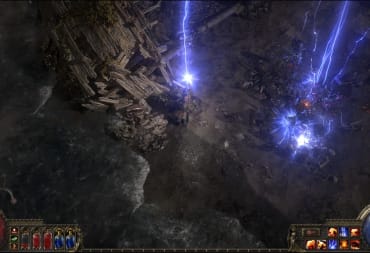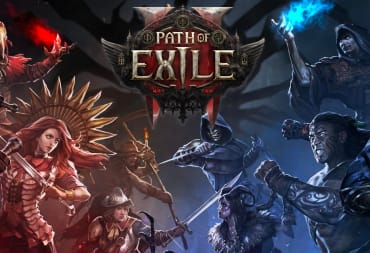Blinks was one of the few games at Play NYC that I did not see intentionally. Myself and my co-writer just stepped out of the press area and there were bright lights right there, I couldn’t say no. And so, we decided to try out Blinks!
Blinks is a game which consists of either six or twelve, physical, connected hexagon-shaped pieces. These pieces all click together magnetically and have squishy covers on the top of them. Each hexagon piece essentially works like a button on top of it. For a better explanation, I’d suggest watching the video on the official website for Blinks.
The individual blink pieces (each known as its own blink) all know different games, and there’s one per blink. So, the six-pack starter set works with six different games and the 12-pack knows 12 games. By pressing them in a certain way, each piece can "teach" its game to the other pieces that are connected with it in order to play.
There’s a variety of different games, from puzzles to competition, and we decided to test our luck playing Mortals. In this game, each blink has six different lights in the middle. Half of the blinks were lit green, and the other half were purple. We had to take turns moving the pieces around to each other to steal pieces of light from the middle. Each time one of the six lights in the blink was stolen, it went dark. When all the lights go out, the blink is dead. The last one standing, team purple or team green, wins! Much like almost all the other games at Play NYC, I won!
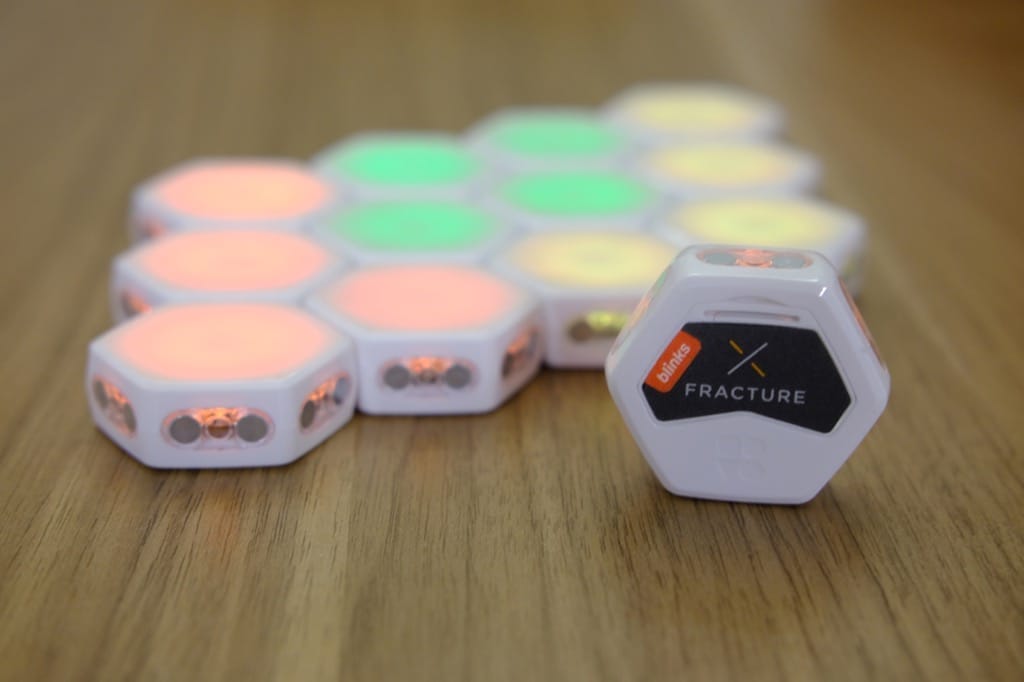
Winning isn’t the reason I liked Blinks so much, though it certainly helped. I adored the uniqueness of the concept, as it’s unlike any other game, physical or digital, that I’ve ever seen. To me, this is what gaming technology should be used for: to push the boundaries of what is considered a game and to flip limitations on their heads. Blinks uses nothing but the individual tiles and their lights and opens up a new world in every tile. Plus, it’s open-source, so once the product is out on the market, anyone is free to tinker with the software and make and share their own games to play with the pieces.
Special mention goes to the blink pieces themselves for being wonderfully tactile. Looking at each piece, it looks like it might feel like soft plastic or have a gummy texture to it, but the silicone compound it’s made out of is actually amazingly smooth. As someone with tactile sensitivity, this was just a great experience to play around with, and I could see it being popular with others who also have tactile sensitivity and those who have trouble with certain textures.
Overall, Blinks was a great game. While the price is a little steep for poor little me, I can’t wait to see these pieces on the market to see what games people create for them and to see how they impact other game designs and development. Meshing the digital and physical aspects of gaming is something that is often attempted, but never before have I seen it done so well as it is with Blinks.
Check out what else we saw at Play NYC by going to our Play NYC 2019 Coverage Hub.
Previews you can trust: To ensure you're getting a fair, accurate, and informed review, our experienced team spends a significant amount of time on everything we preview. Read more about how we review games and products.
Have a tip, or want to point out something we missed? Leave a Comment or e-mail us at tips@techraptor.net
